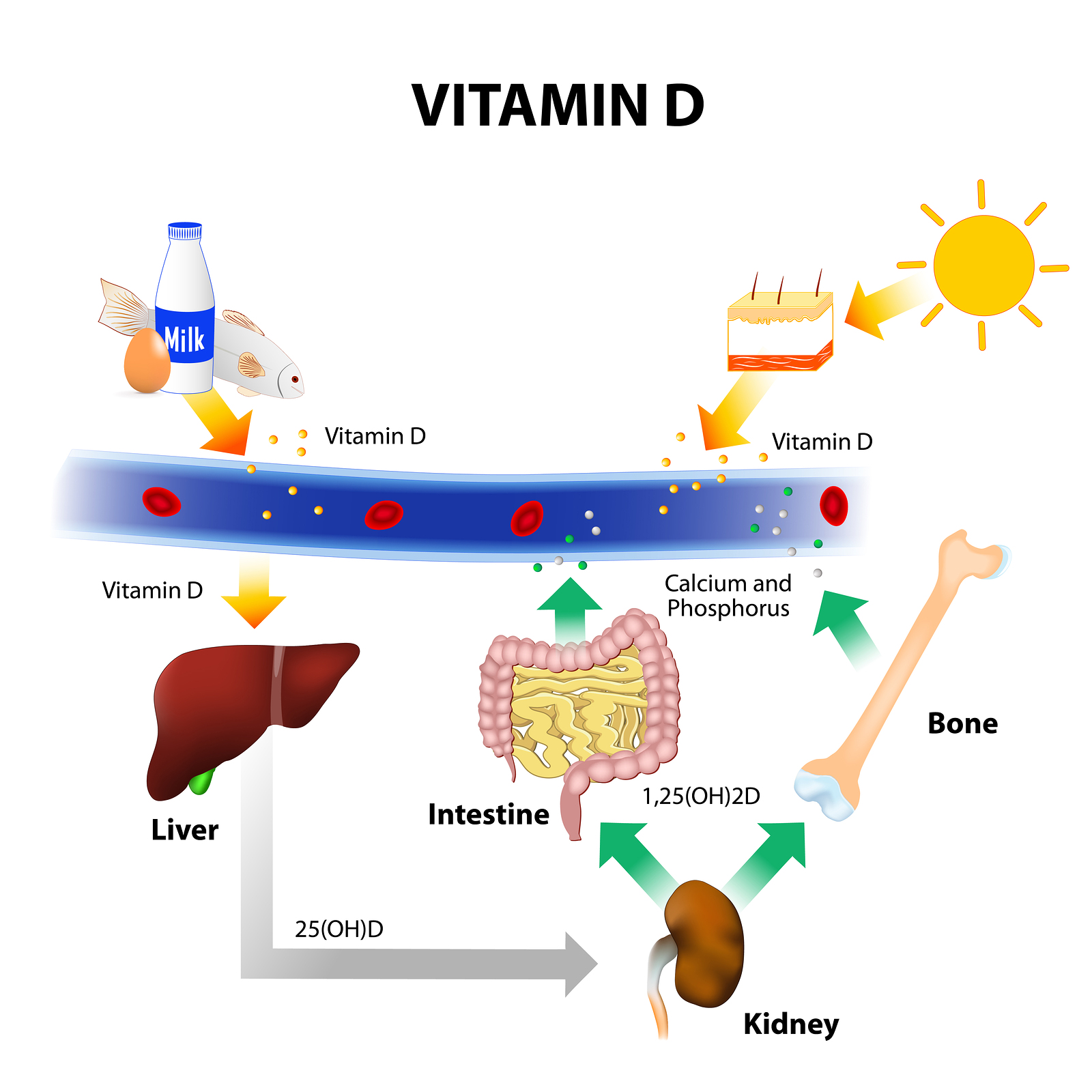
Vitamin D status and parathyroid hormone (PTH) levels influence the risk of accidental falls in older people, but the mechanisms underlying this effect remain unclear. The objective of this study was to investigate the relationship between circulating PTH and 25 hydroxyvitamin D (25-OHD) levels and clinical tests of gait stability and balance as physical fall risk factors. The authors hypothesized that high levels of PTH and low 25-OHD levels would be significantly associated with gait stability and decreased balance performance.
119 healthy, ambulatory female twin adults aged 47–80 years residing in Victoria, Australia took part in this study. The outcome measures of the study were serum PTH and 25-OHD levels with clinical tests of gait stability and dynamic balance (Step Test). Associations were investigated by regression analysis and by comparing groups divided by tertiles of PTH (<3.5, 3.5–4.9, >4.9 pmol/L) and 25-OHD (<53, 53–75, >75 nmol/L) using analysis of variance.
Serum PTH was associated positively with DSD, with an increase of 10.6–15.7% when the mid and highest PTH tertiles were compared to the lowest tertile (p < 0.025) when 25-OHD was included in the regression analysis. 25-OHD was significantly associated with DSD (greater by 10.6–11.1% when lowest and mid-tertiles compared with the highest 25-OHD tertile) (p < 0.025) and dynamic balance (better performance by 12.6% in the highest compared with the lowest 25OHD tertile) (p < 0.025).
These findings reveal an important new relationship between parathyroid hormone and gait stability parameters and add to understanding of the role of 25-OHD in motor control of gait and dynamic balance in community-dwelling women across a wide age span.
No comments:
Post a Comment